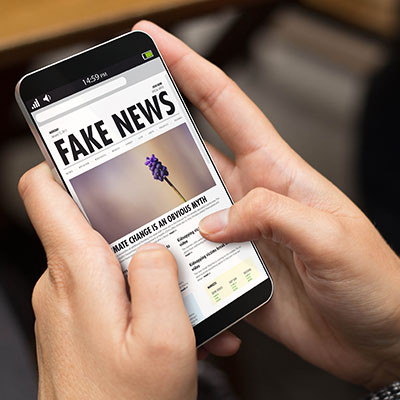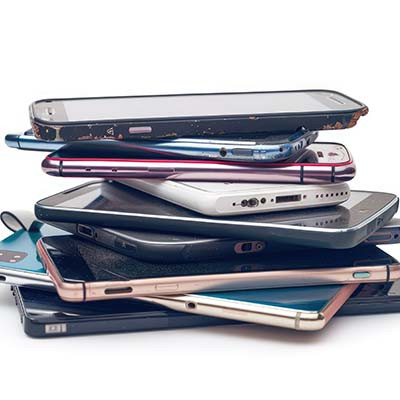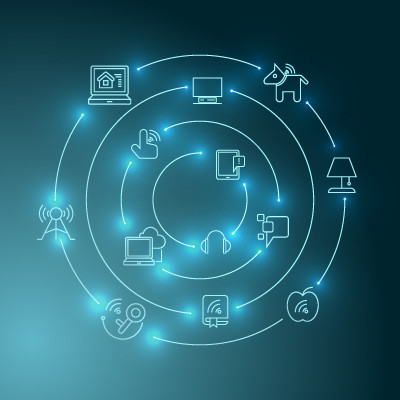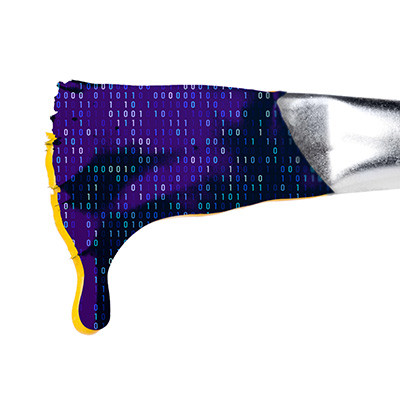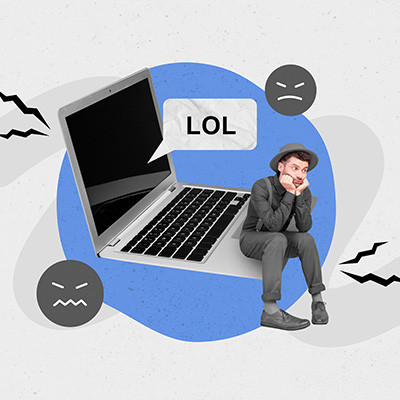All it takes is a couple minutes on social media to see all of the “outrage” over whatever is happening in the world at the moment. Before you know it, you’re invested in some issue that you’ve never heard of up until that moment, and you’re left wondering, “Why?” Today, we want to explore this phenomenon of how social media brings you to care so deeply about things that are rarely actually your problem (and why it can be so harmful).
Datalyst Blog
Artificial intelligence is the latest IT buzzword that everyone seems to focus on and it’s because it is a big deal. Advances in computing have created an environment where developers can create software that effectively learns. Unfortunately, due to the nature of AI regulation; or, the complete lack of it, there are some who are concerned that the technology—which could be a revolutionary tool for the improvement of human societies—is being degraded.
Artificial intelligence, or AI, has upended the way that we discuss technology in business, society, and individual everyday life. While we mostly focus on the benefits of the technology, there are many downsides to consider as well. That’s what we’d like to discuss today; how AI has a dark side to it that potentially requires regulation.
For the longest time, smartphone manufacturers looked to develop devices that came with unique features in all different manners of form factors. Nowadays, however, there are very few phone manufacturers and those that are left have pretty much decided, for now, what the smartphone would look like. Even the ones that fold in half look and function pretty much the same. In this week’s blog, we will take a look at the declining innovation in the smartphone market and why it may not be a bad thing.
You might remember the buzz when Josh Allen, a digital artist, won first place at the 2022 Colorado State Fair for his digital artwork called "Théâtre D'opéra Spatial." The catch? He created the image using AI. Now, he’s in a fight with the Copyright Office to prove that his work deserves copyright protection.
As technology continues to gain prominence in healthcare, it plays an increasingly vital role. Advancements in technology have allowed the healthcare industry to stabilize costs, improve access, and personalize care delivery—objectives that were challenging in the past. These benefits come with a potential downside: data privacy issues, which are becoming more concerning as technology advances.
Google Search is a cornerstone of the internet, used by billions of people daily to find information quickly and efficiently. But have you ever wondered what happens behind the scenes when you type a query into Google and hit "search"? Let's dive into the intricate process that powers the world's most popular search engine.
Did you watch the big game this year? Chances are that if you did, you got to witness all of the spectacles that the event had to offer, including a lot of technology that enriched the experience, whether you realize it or not. The National Football League has implemented emerging technologies that have helped solve persistent challenges over the years. Let’s explore some of these technologies.
While most of us know that Santa Claus lives at the North Pole, fewer know that he’s specifically built his big, rambling castle in the Laughing Valley. It is there that he and his workforce, the elves, sprites, pixies, and fairies that help him make his toys all live, all working hard to give the children of the world their presents each year.
Of course, as magical as Santa and his team may be, it isn’t unheard of for them to need a little help every once in a while.
What is art? It’s not an easy question to answer, especially with new techniques and mediums being developed all the time. By definition, art can be basically summed up as the creative expression of an individual through some medium.
For Japanese artist Tatsuo Horiuchi, that medium is one that is familiar to those in and out of the art world.
Since its domain was first registered on September 15, 1997, Google has exploded from a relatively simple search engine to the massive assortment of platforms and services that fall under the Alphabet umbrella. That being said, most people tend to think of very specific aspects of Google’s Search function… like the amusing Easter Eggs that the platform has become somewhat famous for.
The use of technology is one of the things that brings most people together. For the past couple of decades people have depended more and more on technology as a way to manage their lives, socialize, and get the goods and services they choose to purchase. This has led to the development of a lot of solid technology-related television shows. In this week’s blog, we thought we would take a look at three shows that cover multiple genres that are solid viewing for the technology enthusiast.
Whether or not you believe acronyms are an acceptable form of speech, some people might use them habitually or instinctively even for business communications. Of course, they don’t have much place in this context, but habits are hard to break. To address this issue, one innovative thinker has created a tool that can help determine if the acronym “LOL” is sincere or not.
It is a legitimate question whether something is actually art if it isn’t created by a human being. That’s before you are exposed to it, however. In fact, an AI created a piece of art that was crowned the winner at the Colorado State Fair. Let’s take a look at AI art in the context of this competition.
There is a microprocessor shortage influencing all kinds of businesses around the globe, and it’s only going to get worse following the Russian invasion of Ukraine. Ukraine produces somewhere between 45 and 54 percent of the world’s semiconductor-grade neon, something which is absolutely crucial to the creation of microchips. The invasion has put a halt to neon-refinement companies Ingas and Cryoin, and as you can imagine, this puts a massive strain on an already struggling supply chain.
One of the best ways to create positive change in your workplace is the act of projecting positive thoughts into it. In other words, we’re talking about ditching the typical doom-and-gloom that comes from the workplace and picturing the worst-case scenarios. We’re not trying to plan for the worst here; we’re trying to envision the best in an effort to make it a reality for your company. Let’s explore this concept by examining technology management.

